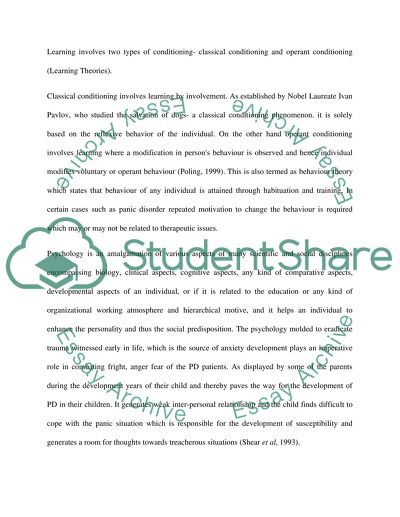Cite this document
(“Compare and Contrast the Learning/Conditioning Theory with Cognitive Essay”, n.d.)
Retrieved from https://studentshare.org/psychology/1445042-compare-and-contrast-the-learning-conditioning
Retrieved from https://studentshare.org/psychology/1445042-compare-and-contrast-the-learning-conditioning
(Compare and Contrast the Learning/Conditioning Theory With Cognitive Essay)
https://studentshare.org/psychology/1445042-compare-and-contrast-the-learning-conditioning.
https://studentshare.org/psychology/1445042-compare-and-contrast-the-learning-conditioning.
“Compare and Contrast the Learning/Conditioning Theory With Cognitive Essay”, n.d. https://studentshare.org/psychology/1445042-compare-and-contrast-the-learning-conditioning.


